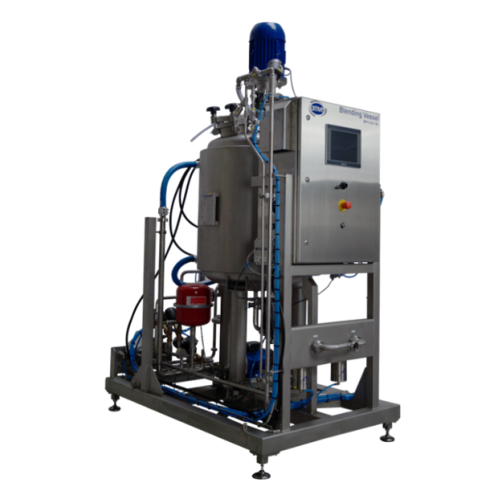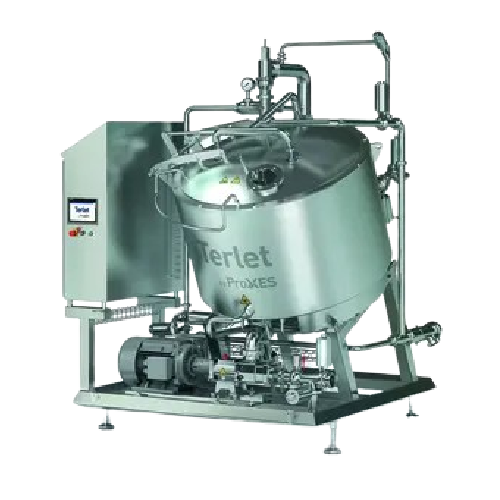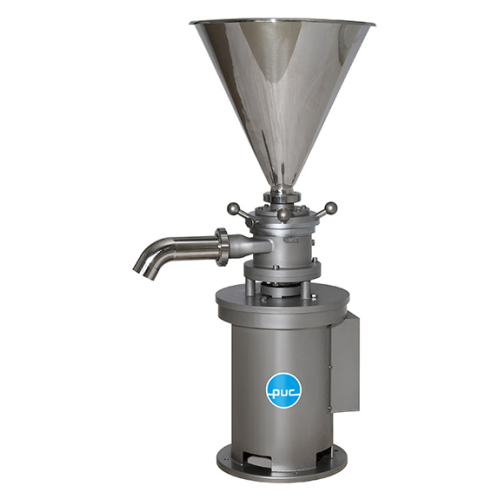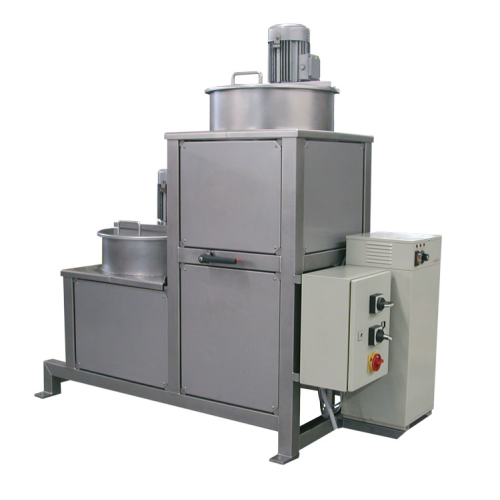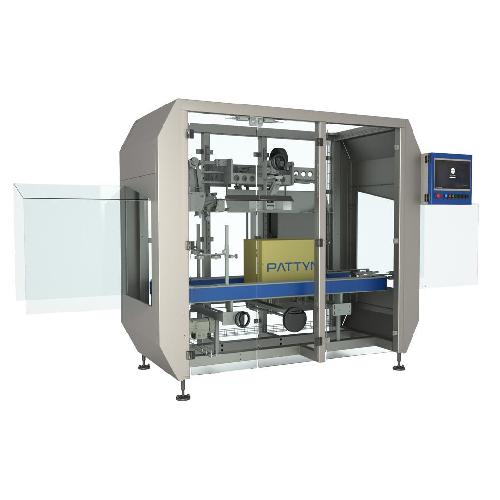
Bakery fillings
Find innovative production technology for making bakery fillings and connect directly with world-leading specialists
Let's navigate the complex world of engineered-to-order production technology together. Whether you're building a new process or optimizing an existing line, our platform connects you directly to the experts who can help. Use our curated catalogue to dive straight into the technologies that match your production goals. We continuously map out how production technology from suppliers around the world can help solve real production challenges. If you find something interesting, we introduce you directly to the specialists who know how to implement it. With more than 600 trusted machine manufacturers and over 20.000 technical experts in our network, you’re never far from the answers you need.
Tell us about your production challenge
Processing steps involved in bakery fillings making
Which bakery fillings technology do you need?
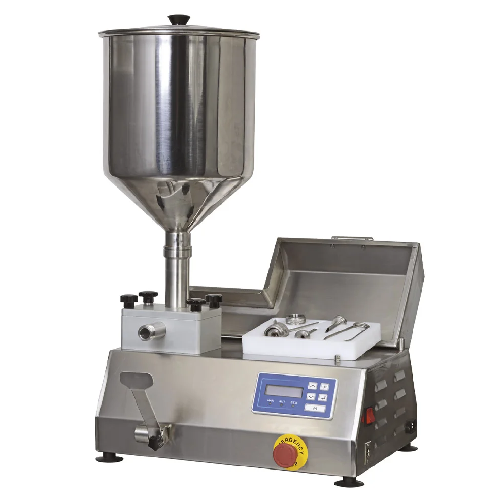
Gear or piston filling-dosing equipment for creamy and thick foods
Efficiently dose and fill dense and creamy products ...
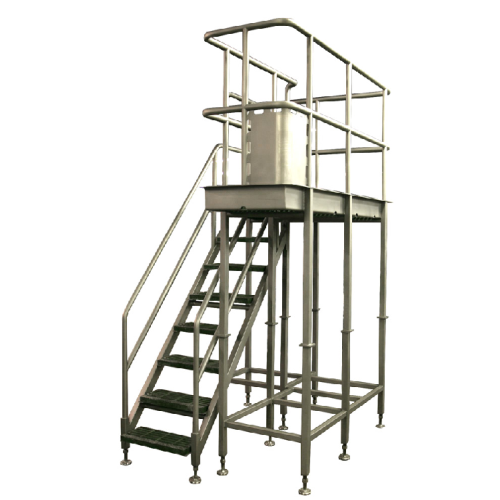
Custom-designed work platform for safe operator access
Enhance operator safety and productivity by providing secure and h...
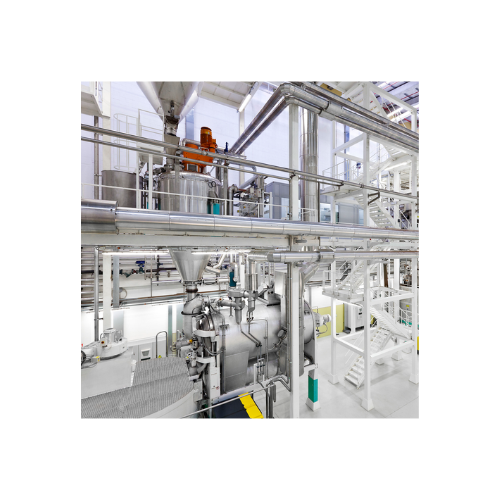
Alkalizing system for cocoa powder coloring
Achieve precise cocoa powder coloration and enhanced flavor development with a...
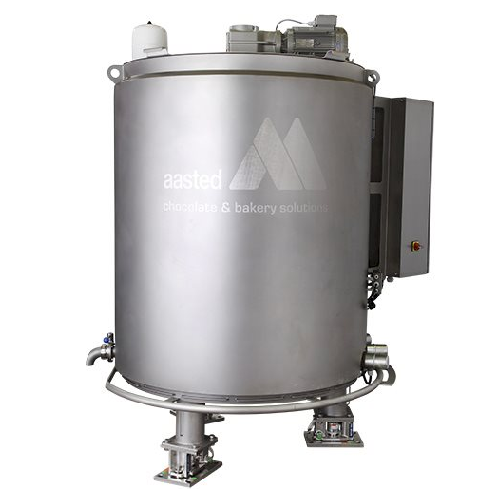
Industrial melting tank for chocolate and confectionery production
Maximize your production efficiency by seamlessly in...
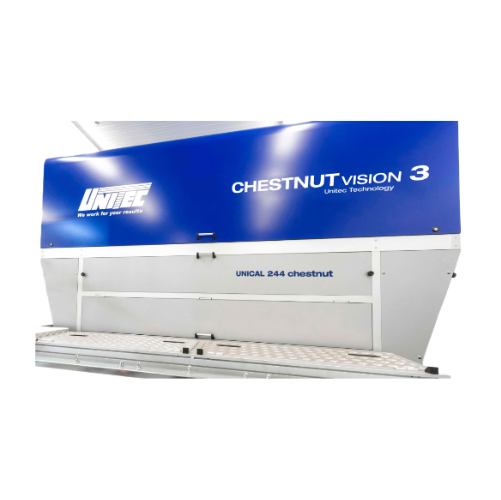
Chestnut sorting and grading system
Optimize chestnut processing with advanced sorting technology that ensures precise size...
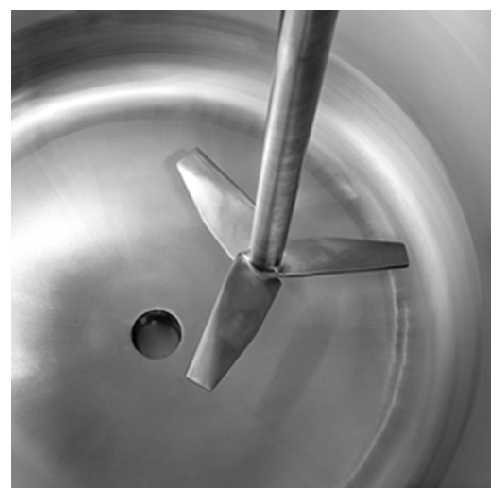
Static impellor mixer for homogeneous gelatin solutions
Achieve lump-free mixtures in your bakery production line with pr...
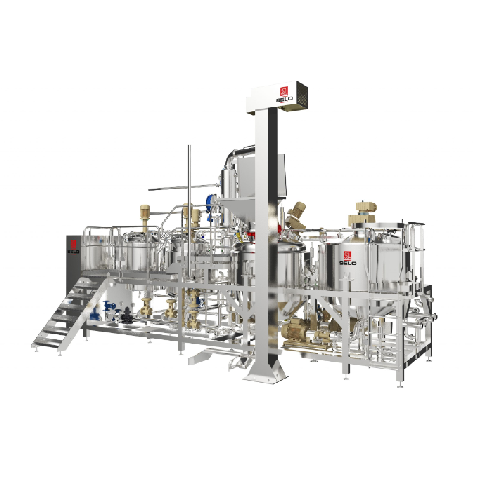
Jam production line
Optimize your jam production with our sophisticated line that ensures high capacity, consistent quality, ...
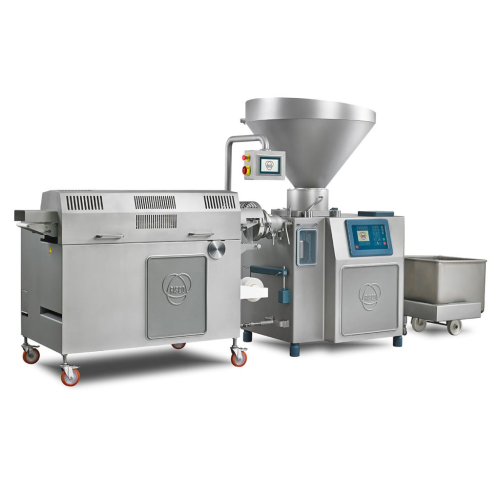
High performance minced meat portioner
Achieve consistent and precise minced meat portions with advanced grinding and porti...
